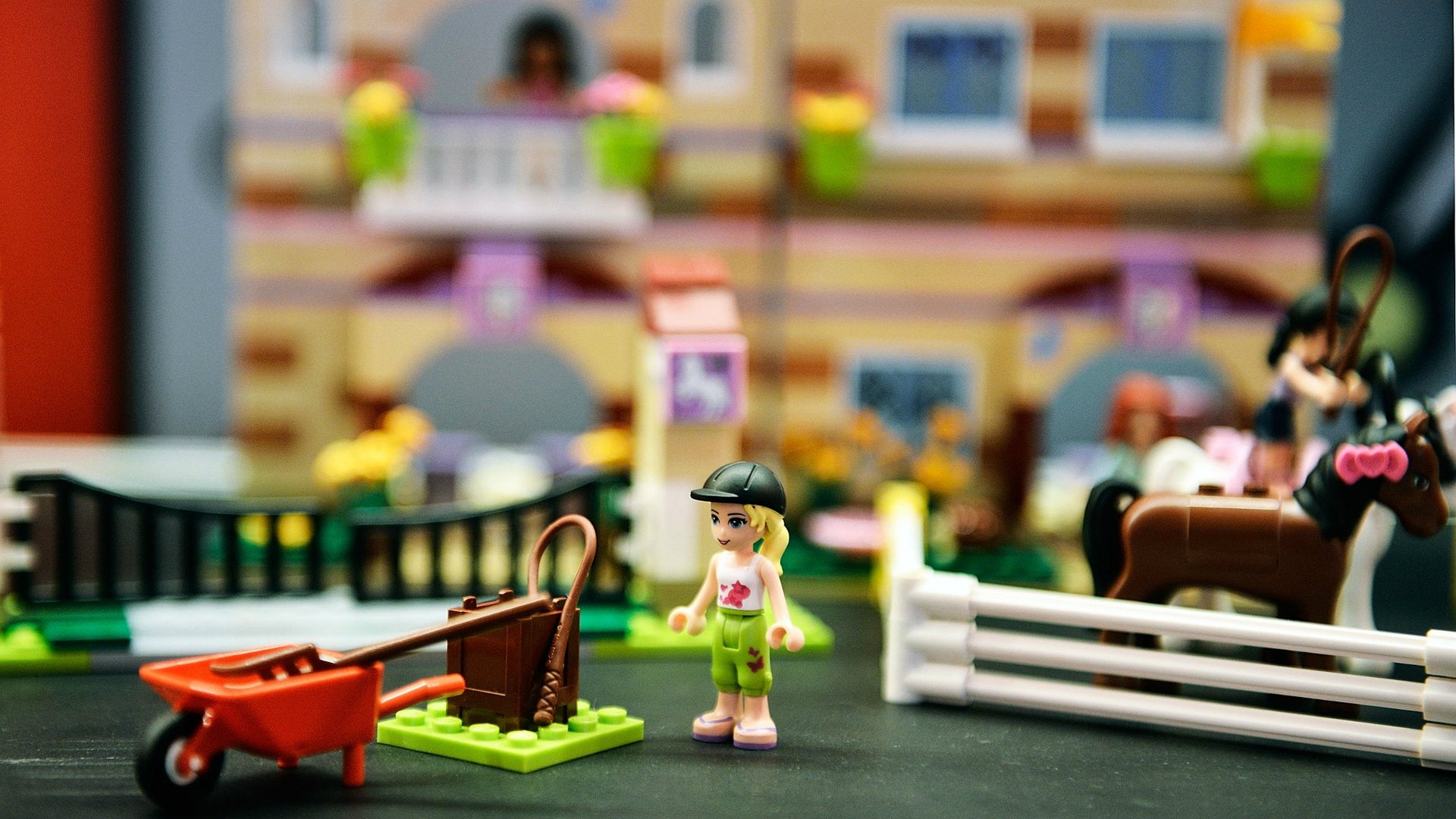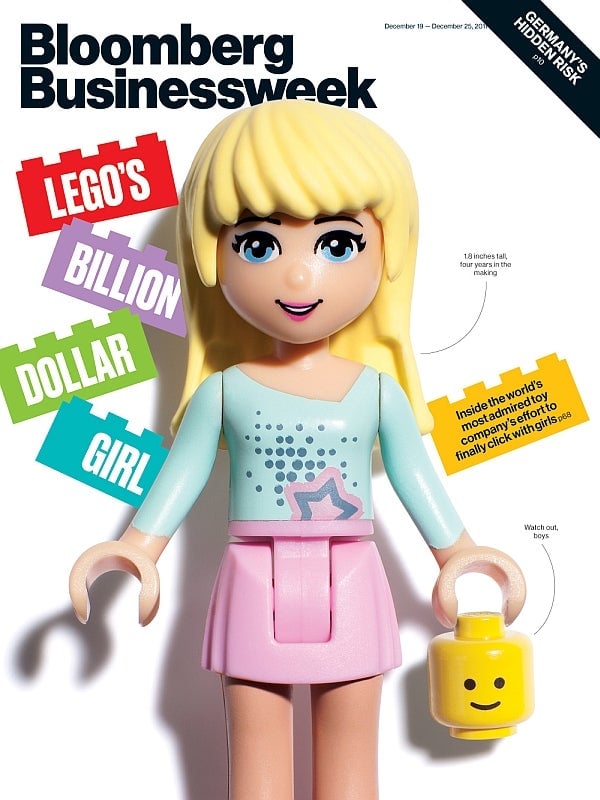Your daughter doesn’t need pink Legos to become an engineer
At our house, we’ve got a box of hand-me-down plain brick Legos tucked in a corner of the kids’ room. My six-year-old daughter tends to build ”cities,” and they are tall and sprawling, though mainly vehicles for role-playing with friends. But, honestly, she plays with the Legos less often than she does with random objects—a steel tube, a broken reflector—found on the sidewalk and turned into homemade dolls.


At our house, we’ve got a box of hand-me-down plain brick Legos tucked in a corner of the kids’ room. My six-year-old daughter tends to build ”cities,” and they are tall and sprawling, though mainly vehicles for role-playing with friends. But, honestly, she plays with the Legos less often than she does with random objects—a steel tube, a broken reflector—found on the sidewalk and turned into homemade dolls.
I don’t push the Legos either, and I’m starting to wonder about this. Am I depriving my daughter of a future as a filthy rich mobile game app developer in Silicon Valley? Am I squashing her inner geek as I applaud her dancing and pictures of flowers?
And is the answer Lego Friends?
Lego Friends is the new line of girl-focused Legos that caused a firestorm when it was announced late in 2011. The new “slimline” Lego girls and their convertibles and beauty salons outraged bloggers, inspired a protest petition signed by more than 50,000 people, and earned a pro-Lego cover story at Businessweek.

But Lego Friends also did big business. In late August, Lego announced a 35% rise in profit, largely based on the surprising success of Lego Friends.
In his book “The Launch Pad: Inside Y Combinator, Silicon Valley’s Most Exclusive School for Startups,” Randall Stross describes how one female hacker performed an unscientific study among her hacker friends. Most of the girls said they had been given Legos, not dolls, by their parents. So Legos, and the kind of play (and parenting) they represent, clearly mean something important.
I recently checked out the Lego display at our local toy store outside Stockholm, and the Lego Friends display was out front but dwarfed by the Star Wars, Lord of the Rings, and City collections. And while I pondered the grotesquely violent scenes on many of the boxes, it was a good reminder that the problem is not Lego Friends. It is Lego, and a toy industry, in general, that is ever more fixated on pushing pink princesses on girls in what one campaign recently labeled “gender apartheid.”
See, Lego Friends was not developed in contrast to plain bricks, but to specifically boy-oriented, conflict-oriented Lego lines. In a fascinating four-part analysis of Lego and gender, David Pickett, at Sociological Images, illustrates a whole series of demeaning, botched attempts at making Legos ”girl-friendly.” In his analysis, Lego Friends rates higher than previous “girl” lines of Legos because they actually involve some real “construction play” on the level of some, though not all, of the other Lego sets. This is compared to previous “girl” sets that featured pre-fabricated walls and figures more akin to the Bratz dolls.
Lego seems supremely uninterested in these gender politics, not caring about why boys and girls are different, but just that they are, with all Lego lines now market tested, by gender, to the max. For a company with 8% of the global toy market, this is sad but not surprising.
My wife and I gush about my daughter’s creativity, how she has this river of energy in her head that all flows together—language, dance, story, music, painting, crafting. She likes pink and princesses and dresses that twirl. And sports bore her.
So it would be easy to put her in a girl box. But it would also be wrong. For she compulsively collects bugs and worms, has started chasing boys to throw sand down their shirts, is a deliberate problem solver, and I swear she can already see the math behind musical notes and the geometry of her dance steps.
And she likes math more than reading. Way more.
In the Businessweek story, neuroscientist Lise Eliot says that the crappy sexism of Lego Friends could be worth putting up with because playing with Legos is “so good for little girls’ brains,” though I have to wonder if the effect is not diluted by the dumbing down of Lego’s girl lines. Still, her message resonates in a larger sense with how my wife and I dealt with our daughter’s princess phase, by emphasizing that princesses can be beautiful and graceful, but also brave and strong.
So do I buy her Lego Friends? Maybe, but not likely. There have got to be better ways to inspire her and for now she can live with the box of plain blocks. In the meantime, my daughter and I are going on a pirate adventure. She’s drawn a treasure map, built a boat, and laid out a course for a desert island.
What is most important is that I give my daughter the space and encouragement to develop her own creativity. It does not matter if it fits into Lego’s predetermined gender box, leads her to Silicon Valley glory or merely makes for some fun childhood afternoons.
This is her life, and these are her games, and I’m just happy to tag along and ride the waves with one brave and bold pirate captain.